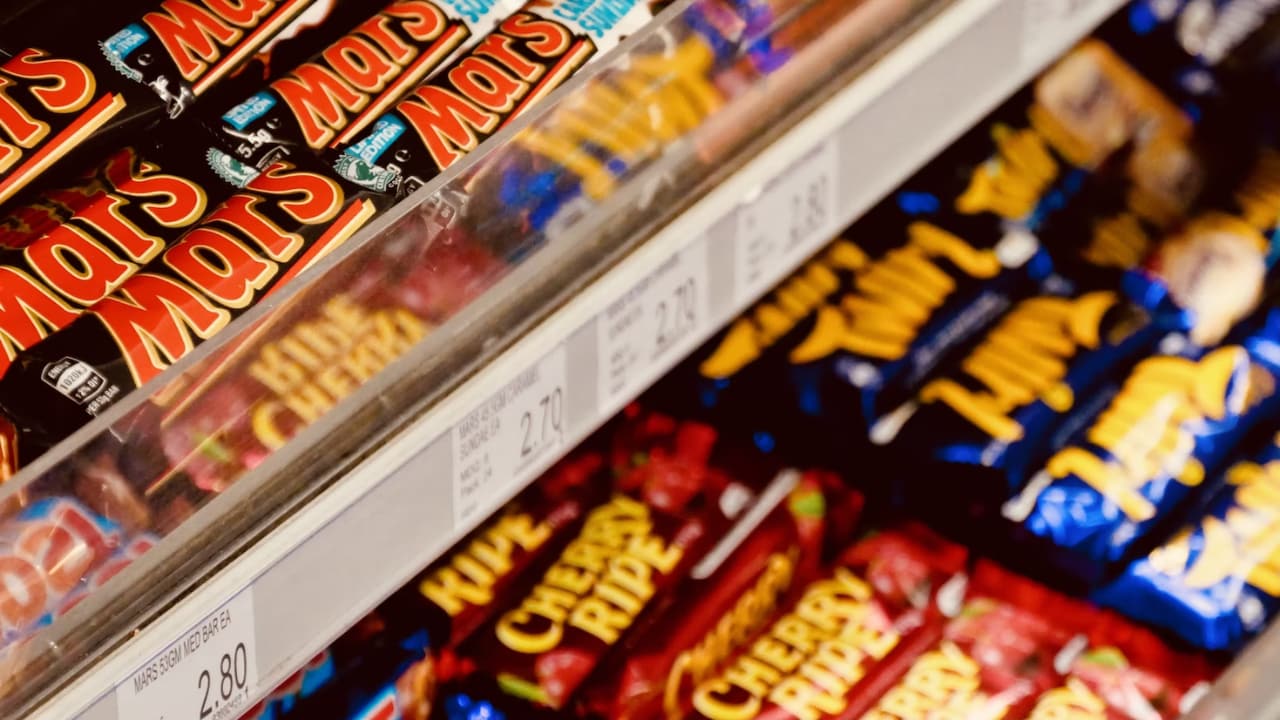Mars Inc., the US manufacturer of confectionery and pet food, plans to expand its India operations with continued investments in brownfield operations now that production of chocolates and sweets in the country have reached pre-Covid levels, the company’s top executive told Moneycontrol.
“We are investing in strengthening our pet food manufacturing lines with an approximate investment of Rs 500 crore towards the brownfield expansion of the Siddipet (Telangana) plant,” Kalpesh Parmar, country general manager of Mars Wrigley India, told Moneycontrol. “Recurring investments are taking place to expand our confectionery manufacturing. We have attained our pre-Covid production levels.”
As per industry data, Mars has invested more than $200 million in its India operations since 2002. It has four factories including one making chocolates, two for gums and mints and one for pet foods. Mars Wrigley India makes Boomer chewing-gum, Snickers and Galaxy chocolates and Pedigree pet foods, apart from importing Royal Canin.
Mars Wrigley India also offers chocolates, gums and mints such as M&Ms, Orbit and Wrigley’s Doublemint.
Parmar said India is a key market for Mars and fresh investments are being made to expand manufacturing and meet demand. He said growth has taken place amid inflationary pressure.
“We are growing at more than the industry’s average growth rate per annum despite inflationary pressure,” Parmar said. He expects inflationary headwinds to prevail till the first half of 2023.
“However, the runway is much better in India compared to other markets. Our (confectionery) categories are growing at a healthy double-digit CAGR,” Parmar said. “We expect growth to continue over the mid to long term as snacking is a massive opportunity. India is expected to become one of the largest snacking markets in the world by the next decade.”
According to Parmar, the company will focus on its core brands of Snickers, Galaxy and Boomer.
“Our focus will be on these brands in the next five years. We will be offering the right price points and enhancing distribution to cater to all sorts of consumers. Eighty percent of the category opportunity will still remain in urban and small towns.”
Parmar said one of the key growth drivers for the confectionery business was the Re 1 price point for Boomer along with the Rs 10 per unit cost of Snickers and Galaxy products.
“We started manufacturing Galaxy in Pune from Rs 10 all the way to Rs 200 price points. With this kind of portfolio, we are able to go into more outlets in top cities and at the same time enter into the smaller towns across India,” he said. “So that’s where the focus is – on how we give the relevant products at the right price points. In India, the penetration into more households, into more outlets, is through the right price point.”
He pointed out the possibility of more premium product offerings in the Rs 10 and to Rs 50 price bracket. Moreover, India’s low per capita chocolate consumption gives room for growth, he said.
India’s chocolate consumption stands at 150 grams per annum compared with a range of 5-9 kg per person in Europe.
“I think the large opportunity in India is keeping your assortment very simple and to make sure that you distribute into hundreds of thousands of new outlets every year,” he said.
On changing consumer preferences as some buyers opt for healthier alternatives, Parmar said these are evolving with respect to quality of products.
“Consumers are becoming globally savvy and are looking at better quality products,” he said. “Our signature recipes remain the same across the world as we do not compromise on quality. Our portfolio is becoming relevant as consumers’ tastes are discerning.”
In addition to the traditional sales networks, the company is testing alternative channels.
“In the B2B space, one of our successful pilot projects is to supply chocolates to railway caterers,” he said. “So on many trains, the caterer has an option to sell chocolates (Snickers). This pilot has been one of the good drivers amongst the alternate channels.”
